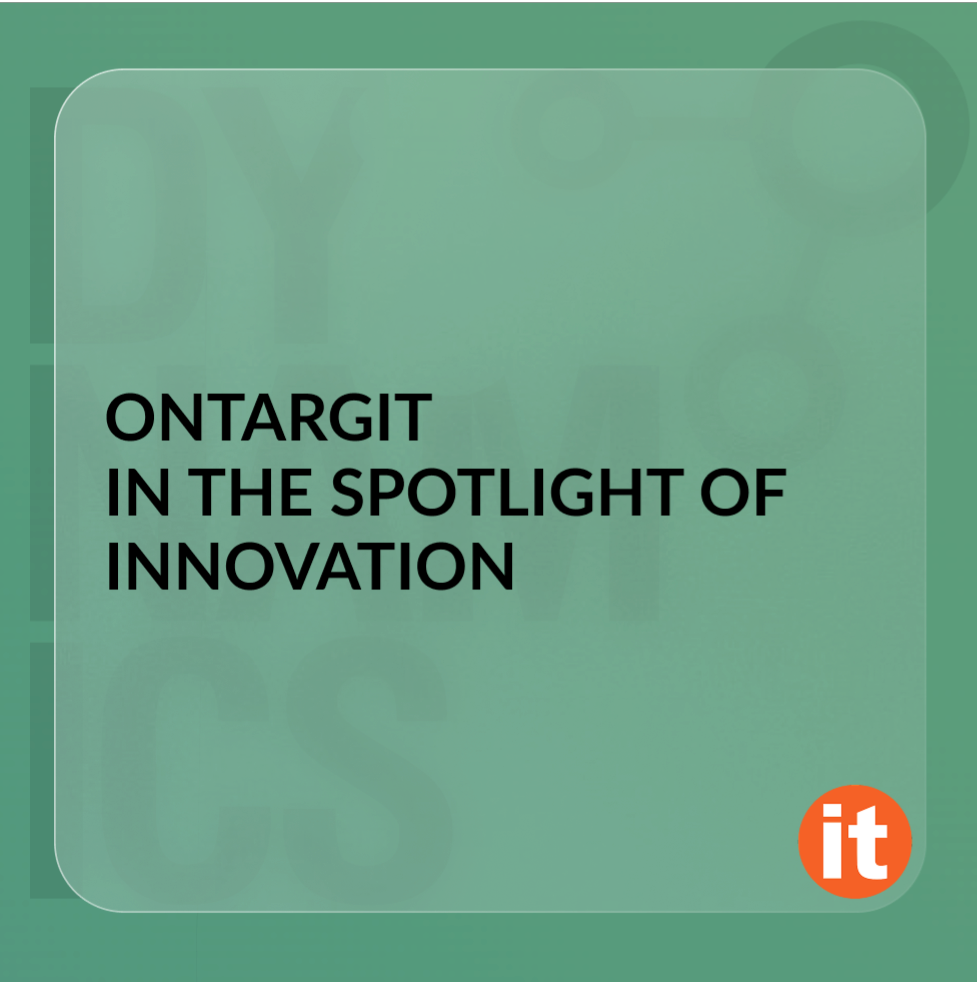In today’s fast-paced business environment, organizations must select and implement the right Enterprise Resource Planning (ERP) system. ERP systems integrate various business functions to streamline processes, contributing to operational efficiency and growth. However, the success of ERP implementation depends on choosing the right solution during the selection phase. Unfortunately, traditional ERP selection methods often rely on lengthy feature lists and technical checkboxes that fail to focus on real business needs. This article explores a modern approach to ERP selection and implementation, emphasizing business outcomes, collaboration, and strategic alignment.

Rethinking the ERP Selection Process
In today’s fast-paced business environment, organizations must select and implement the right Enterprise Resource Planning (ERP) system. ERP systems integrate various business functions to streamline processes, contributing to operational efficiency and growth. However, the success of ERP implementation depends on choosing the right solution during the selection phase. Unfortunately, traditional ERP selection methods often rely on lengthy feature lists and technical checkboxes that fail to focus on real business needs. This article explores a modern approach to ERP selection and implementation, emphasizing business outcomes, collaboration, and strategic alignment.
A Brief History of ERP
ERP systems have evolved considerably since the 1960s, when Material Requirements Planning (MRP) was first introduced as part of Toyota’s manufacturing program. Over time, MRP evolved into MRP II, which integrated various business functions such as inventory, sales, and purchasing into a single system. By the late 1990s, ERP systems had integrated financial operations, creating a comprehensive IT infrastructure for businesses.
Despite these advances, early ERP systems often required extensive customization, making upgrades complex and costly. This rigid approach eventually paved the way for more adaptable and modular ERP solutions that cater to modern business needs, such as cloud-based systems.
Traditional ERP Selection Challenges
Over the past few decades, ERP selection has typically been driven by consulting firms and limited by outdated legacy systems. Many organizations still use the traditional Request for Information (RFI) and Request for Proposal (RFP) processes to compile extensive feature lists for comparison. However, this checklist approach often overlooks the organization’s broader business goals, leading to frustration during the implementation phase.
While it is important to evaluate functional and technical compliance, selecting an ERP based solely on a list of features often results in unexpected gaps. Common issues include clunky user interfaces, unmet functional needs, and costly customizations that derail the project timeline.
Moving Beyond Feature Checklists
A case study from an aged care provider illustrates the pitfalls of a traditional ERP selection process. After submitting a detailed RFI and RFP, the company received a 4,000-line spreadsheet filled with questions that had little relevance to its business needs. This approach failed to capture the essence of what the organization required, leading to a suboptimal solution being chosen.
The lesson here is clear: a modern approach to ERP selection must go beyond checklists. Vendors need to understand the specific business outcomes desired by the organization in order to propose the most suitable solution.
A Modern Approach to ERP Selection
To succeed in today’s environment, organizations must adopt a new approach to ERP selection—one that emphasizes aligning business outcomes with ERP functionality. Rather than relying on arbitrary scoring systems and feature comparisons, the selection process should focus on how well the ERP solution supports the organization’s long-term goals.
ERP systems in both Tier 1 and Tier 2 categories generally offer a wide range of features. Therefore, the real differentiator lies in how well these systems can be tailored to address the specific business outcomes an organization seeks, such as improving efficiency, reducing costs, or driving revenue growth.
Key Steps in the ERP Selection Process:
ERP Implementation: Best Practices
Once the right ERP solution has been selected, the next critical step is ensuring a smooth ERP implementation. Successful implementations require careful planning, strong leadership, and continuous organizational communication.
Best Practices for ERP Implementation:
FAQs on ERP Selection and ERP Implementation
Lessons Learned from ERP Failures
One of the biggest reasons for ERP failures is poor communication between the project team and the broader organization. Project teams often operate in silos, only involving end-users at the tail end of the project, which can lead to dissatisfaction and a lack of ownership.
To avoid this pitfall, organizations should engage stakeholders early and throughout the process. By building consensus and clearly defining the business outcomes expected from the ERP system, organizations can increase their chances of success.
Align ERP Selection with Business Goals
In conclusion, the key to successful ERP selection and ERP implementation is aligning the chosen solution with the organization’s long-term business goals. Moving beyond feature checklists and focusing on measurable business outcomes will ensure that the ERP system delivers real value. By engaging stakeholders early, minimizing customizations, and leveraging cloud-based solutions, organizations can streamline their operations and drive sustainable growth.



















